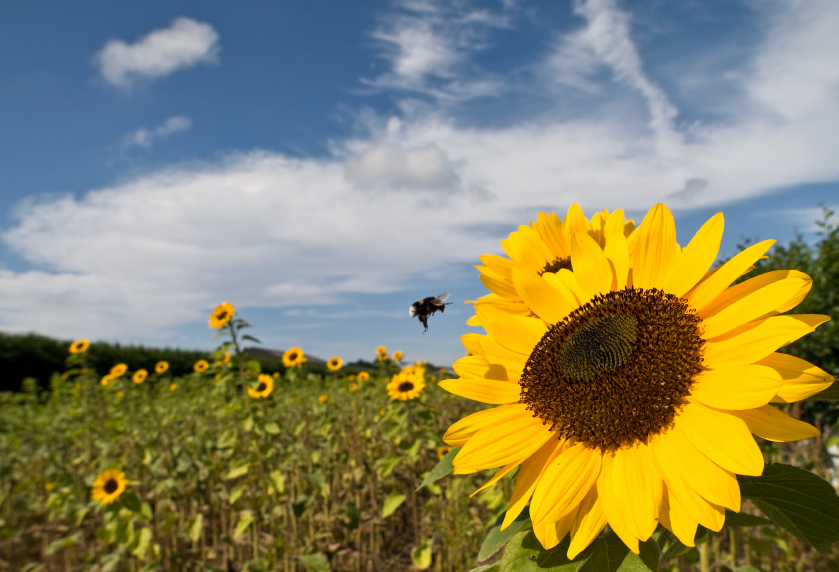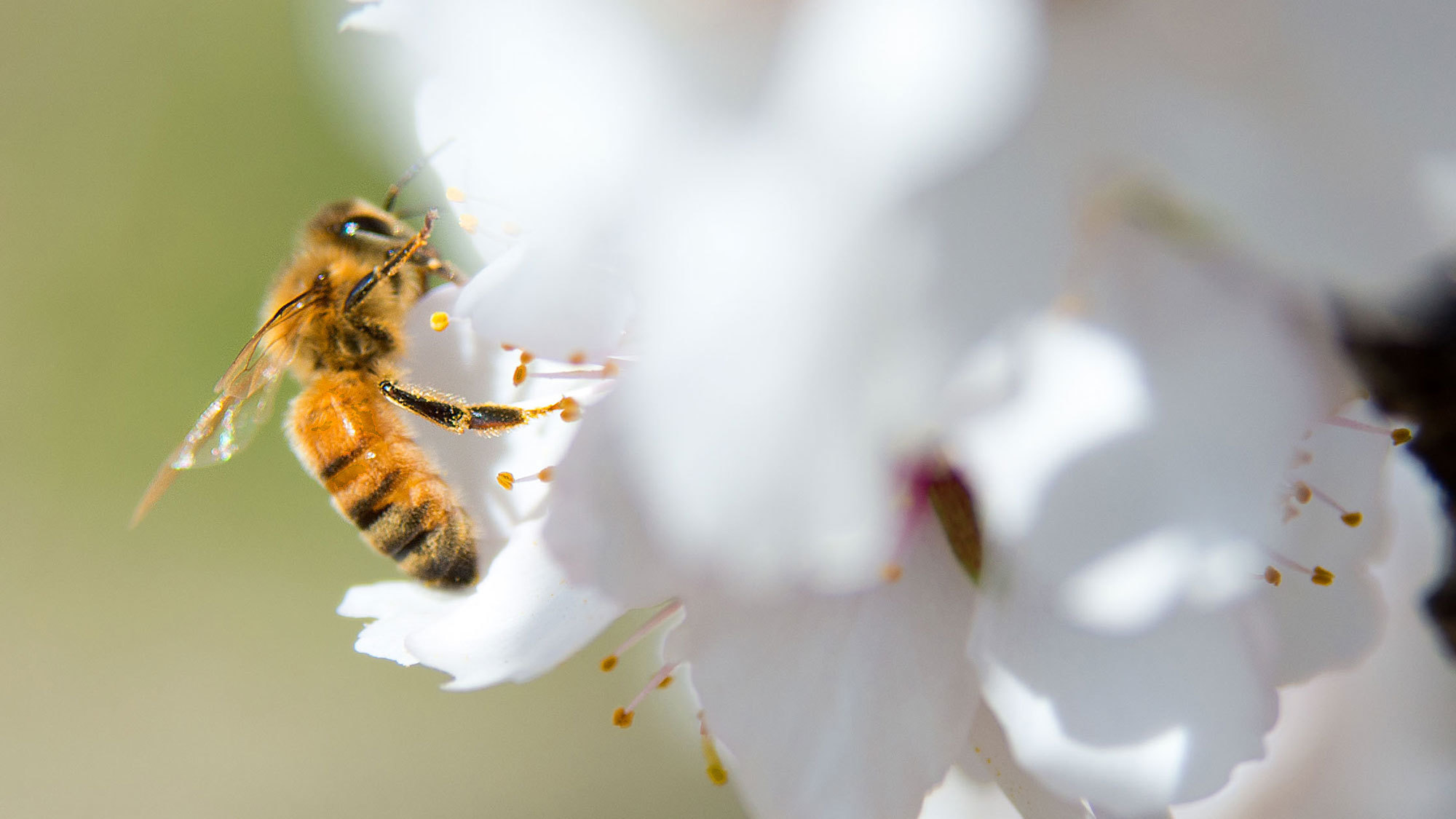- Joined
- Jul 9, 2012
- Messages
- 345
- Reaction score
- 1,069
- Points
- 236
Having a green and lush lawn is something that many homeowners desire. However, maintaining a healthy lawn can be challenging, especially when it comes to minimizing the use of harmful chemicals and reducing water usage. In this article, we will discuss some practical tips that you can implement to maintain a healthy and eco-friendly lawn.
Tip 1: Choose the right grass type
The type of grass you choose can have a significant impact on the health and sustainability of your lawn. Some grasses require more water, fertilizer, and pesticides than others, which can be harmful to the environment. Cool-season grasses, such as Kentucky bluegrass, fescue, and ryegrass, require more water and maintenance than warm-season grasses, such as Bermuda grass, St. Augustine grass, and Zoysia grass. If you live in an area with hot summers, consider planting a warm-season grass that can withstand the heat and require less maintenance.Tip 2: Water wisely
Watering your lawn is essential for maintaining its health and appearance, but it can also be a significant drain on your water bill and the environment. To reduce water usage, consider the following tips:- Water your lawn early in the morning or late in the evening when temperatures are cooler and there is less evaporation.
- Use a rain gauge to measure the amount of rainfall and adjust your watering schedule accordingly.
- Use a sprinkler system that is efficient and uses less water, such as a drip irrigation system.
- Avoid overwatering, as this can lead to shallow roots, disease, and insect problems.
Tip 3: Fertilize responsibly
Fertilizers can help keep your lawn healthy and green, but they can also be harmful to the environment if not used responsibly. Synthetic fertilizers can leach into groundwater and cause pollution, while organic fertilizers are a more sustainable option. When using fertilizers, consider the following tips:- Test your soil to determine what nutrients your lawn needs and how much fertilizer to apply.
- Use slow-release fertilizers that release nutrients slowly over time.
- Avoid fertilizing during hot weather or drought conditions, as this can burn the grass and lead to nutrient loss.
Tip 4: Control pests naturally
Pests such as weeds, insects, and diseases can damage your lawn and require the use of pesticides to control. However, many pesticides are harmful to the environment and can pose health risks to humans and animals. Consider these tips for controlling pests naturally:- Choose grasses that are resistant to pests and diseases.
- Remove weeds manually or with a natural weed killer, such as vinegar or boiling water.
- Use natural insect repellents, such as neem oil or garlic spray.
- Encourage biodiversity by planting flowers and shrubs that attract beneficial insects and birds, such as ladybugs and hummingbirds.
Tip 5: Mow properly
Mowing your lawn is an essential part of lawn maintenance, but it can also be harmful to the environment if not done correctly. Consider these tips for mowing your lawn in an eco-friendly way:- Keep your mower blades sharp to ensure a clean cut and reduce stress on the grass.
- Set your mower height to the appropriate level for your grass type, as cutting too short can stress the grass and promote weed growth.
- Leave grass clippings on the lawn to provide natural fertilizer and reduce waste.
- Consider using a reel mower or an electric mower that uses less energy and produces fewer emissions than gas mowers.


